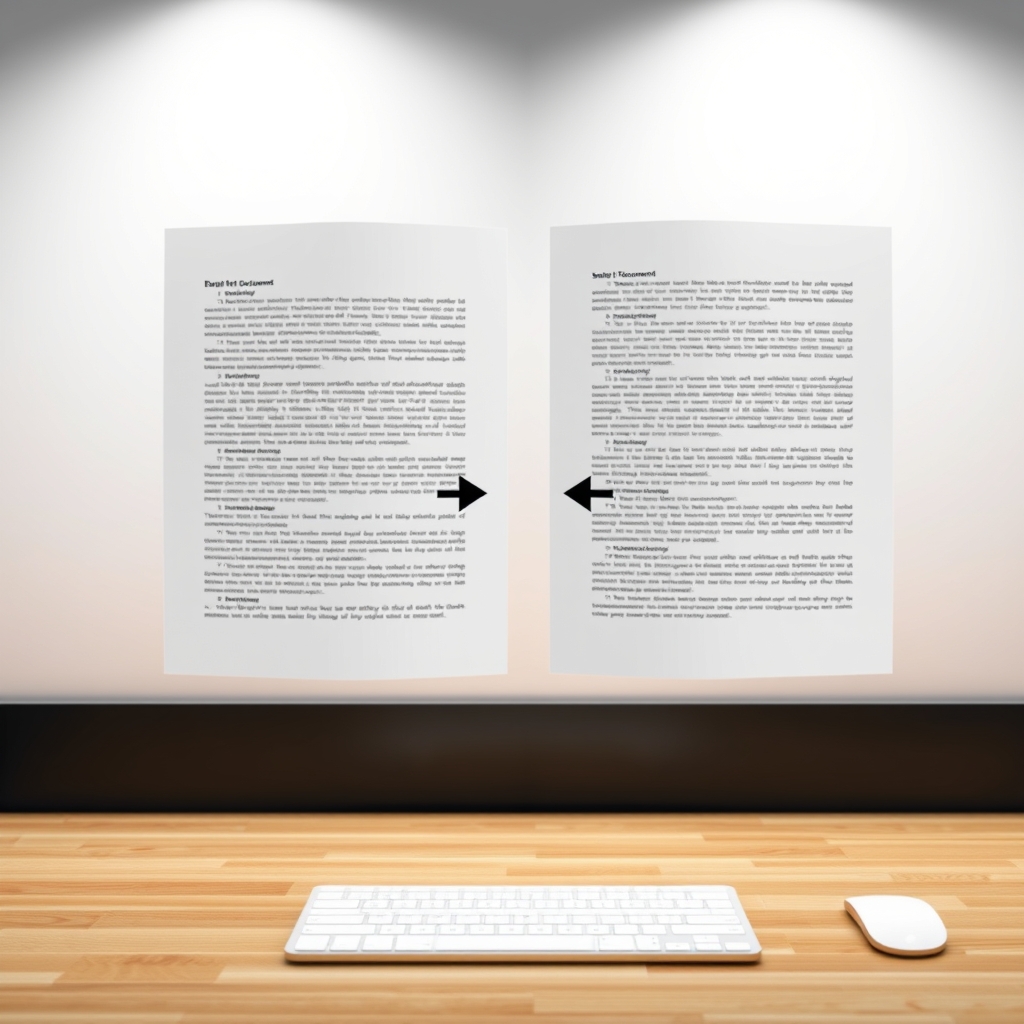Text Similarity API vs Text Correlation API: What to Choose?

Text Similarity API and the Text Correlation API. This blog post will provide a comprehensive comparison of these two APIs, exploring their features, use cases, performance, and scalability, ultimately guiding developers in choosing the right tool for their specific needs.
Overview of Both APIs
Text Similarity API
Text Similarity API is designed to help developers compare two strings of text and obtain a similarity score. It employs various algorithms, including Levenshtein, Jaro-Winkler, and Dice, to evaluate the similarity between text strings. For instance, the Levenshtein distance algorithm calculates the minimum number of insertions, deletions, or substitutions required to transform one string into another. This API is particularly useful for applications such as data deduplication, record linking, and fuzzy matching.
Text Correlation API
Text Correlation API harnesses advanced NLP techniques to measure and understand similarities between texts. It goes beyond simple lexical matching by evaluating the meaning and context of words and phrases, making it suitable for applications like content recommendation, information retrieval, and plagiarism detection. This API allows users to compare entire texts or paragraphs, providing a more holistic view of textual similarity.
Feature Comparison
Text Similarity API Features
Text Similarity API offers several key features that enhance its functionality:
Get Text Comparison
{"string1":"Arun","string2":"Kumar","results":{"jaro-wrinkler":0.48333333333333334,"levenshtein-inverse":0.2,"dice":0}}
- string1: The first input string.
- string2: The second input string.
- results: An object containing similarity scores from different algorithms.
- jaro-wrinkler: The similarity score calculated using the Jaro-Winkler algorithm.
- levenshtein-inverse: The inverse score from the Levenshtein algorithm.
- dice: The similarity score from the Dice coefficient.
Get Comparison
{"string1":"Arun","string2":"Kumar","results":{"jaro-wrinkler":0.48333333333333334,"levenshtein-inverse":0.2,"dice":0}}
Get Comparison in POST
{"string1":"Arun","string2":"Kumar","results":{"jaro-wrinkler":0.48333333333333334,"levenshtein-inverse":0.2,"dice":0}}
Get the Comparison Text
{"string1":"Arun","string2":"Kumar","results":{"jaro-wrinkler":0.48333333333333334,"levenshtein-inverse":0.2,"dice":0}}
Text Correlation API Features
Text Correlation API also provides valuable features:
Similarity
{"similarity":0.011073541364398191,"value":2214.7082728796386,"version":"7.5.7","author":"twinword inc.","email":"[email protected]","result_code":"200","result_msg":"Success"}
- similarity: The calculated similarity score between the two texts.
- value: A numerical value representing the correlation strength.
- version: The version of the API used for the request.
- author: The name of the API provider.
- email: Contact information for support.
- result_code: A code indicating the success or failure of the request.
- result_msg: A message providing additional context about the result.
Example Use Cases for Each API
Text Similarity API Use Cases
Text Similarity API is particularly effective in scenarios such as:
- Data Deduplication: By comparing records in a database, developers can identify and eliminate duplicate entries, ensuring data integrity.
- Fuzzy Matching: This API can correct misspellings or variations in text, making it useful for search functionalities.
- Record Linking: It can link records from different data sources that refer to the same entity, enhancing data connectivity.
- Fraud Detection: By analyzing similar transaction patterns, the API can help identify potentially fraudulent activities.
Text Correlation API Use Cases
Text Correlation API excels in applications such as:
- Content Recommendation: By assessing the similarity between user-generated content, the API can suggest relevant articles or products.
- Plagiarism Detection: It can identify similarities between submitted texts and existing content, helping maintain academic integrity.
- Document Comparison: The API can compare legal documents or contracts, highlighting similarities and differences for review.
- Information Retrieval: It enhances search engines by providing more relevant results based on content similarity.
Performance and Scalability Analysis
Text Similarity API and the Text Correlation API, several factors come into play:
Text Similarity API Performance
Text Similarity API is optimized for speed, allowing for quick comparisons of text strings. Its reliance on established algorithms ensures that it can handle a variety of input lengths and complexities. However, as the volume of requests increases, developers may need to implement caching strategies to maintain performance.
Text Correlation API Performance
Text Correlation API leverages advanced NLP techniques, which may require more computational resources compared to simpler algorithms. While it provides more nuanced similarity assessments, this can lead to longer processing times, especially for larger texts. Developers should consider the trade-off between accuracy and speed when integrating this API into their applications.
Pros and Cons of Each API
Text Similarity API Pros and Cons
Pros:
- Utilizes well-established algorithms for reliable similarity scoring.
- Fast processing times for short text comparisons.
- Versatile use cases, including data deduplication and fuzzy matching.
Cons:
- Limited in handling semantic meaning compared to more advanced NLP tools.
- May require additional logic for complex use cases.
Text Correlation API Pros and Cons
Pros:
- Employs advanced NLP techniques for a deeper understanding of text similarity.
- Suitable for complex applications like content recommendation and plagiarism detection.
Cons:
- Potentially slower processing times for larger texts.
- Higher computational resource requirements may impact scalability.
Final Recommendation
Text Similarity API and the Text Correlation API ultimately depends on the specific requirements of your application:
- If your primary need is for quick, reliable text comparisons with a focus on data integrity and deduplication, the Text Similarity API is the better choice.
- For applications that require a deeper understanding of text relationships, such as content recommendation or plagiarism detection, the Text Correlation API would be more suitable.
Text Similarity API? Check out the API documentation to get started.
Text Correlation API? Try the API playground to experiment with requests.





